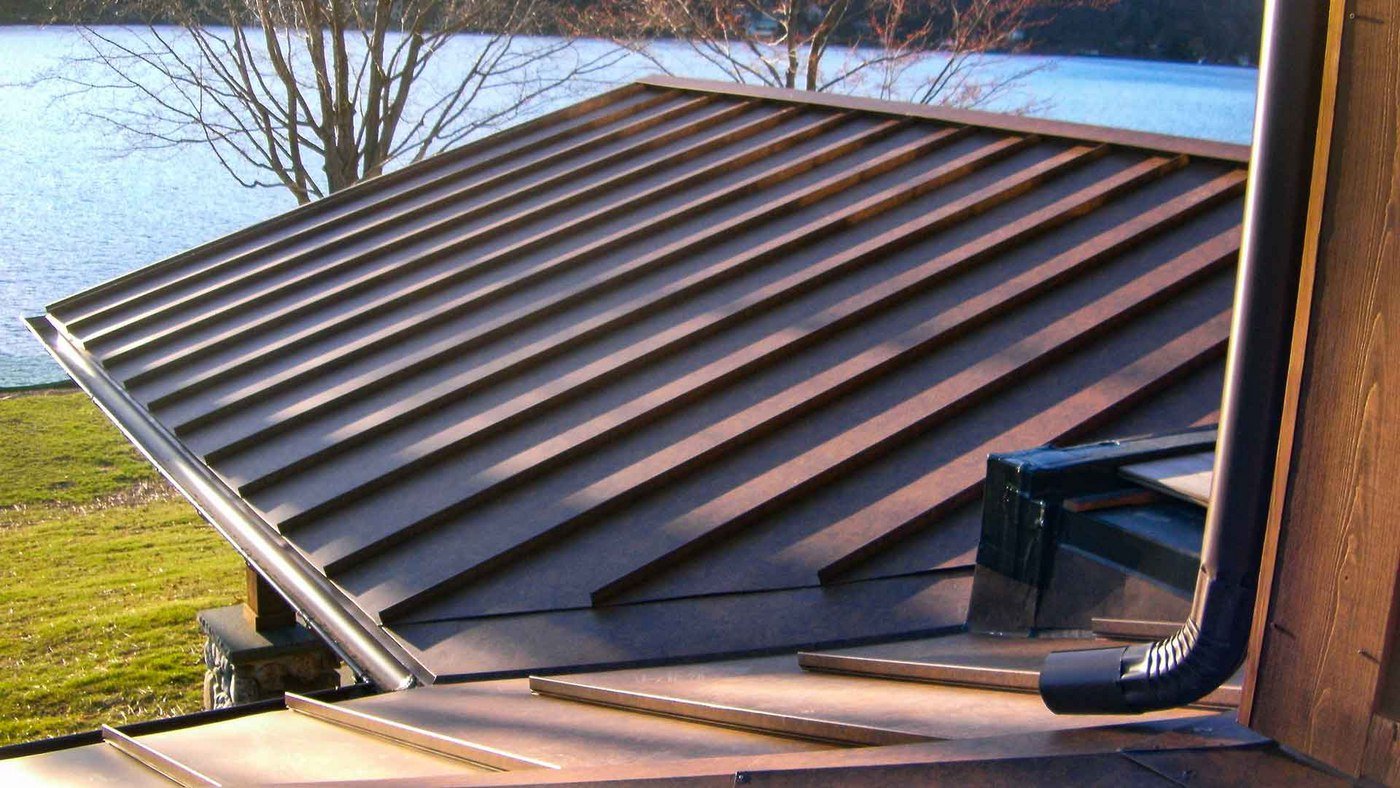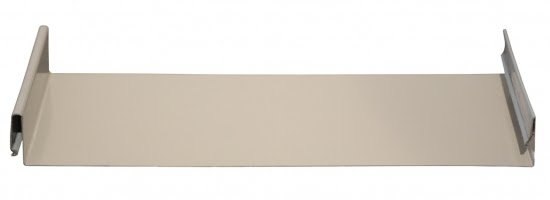What Is Standing Seam Metal Roofing? A Guide On Panel Systems And Stiffening Ribs
Metal roofing has gained popularity in recent years for its unique style and long-lasting performance. Standing seam is the premium metal roofing profile type. Because of the sleek appearance, it’s being used in more and more contemporary housing and commercial buildings.
At Western States Metal Roofing, we manufacture metal panels for roofing and siding in several different styles including standing seam.
In this article, we’re exploring the systems, styles, and performance of standing seam metal roofing.
Standing Seam Metal Roof Systems
There are different types of standing seam roofs. Each system has its own method of seaming and installation.
Mechanically Seamed Standing Seam
Mechanically seamed panels are the most weathertight standing seam panel. They are designed with clips that line up with one another so they can be locked together by a mechanical or hand seamer.
Mechanically seamed panels are best for:
- Buildings in snow country and extreme weather conditions (double lock)
- An extra weathertight and secure fit
- Roof slopes that are 1:12 and greater
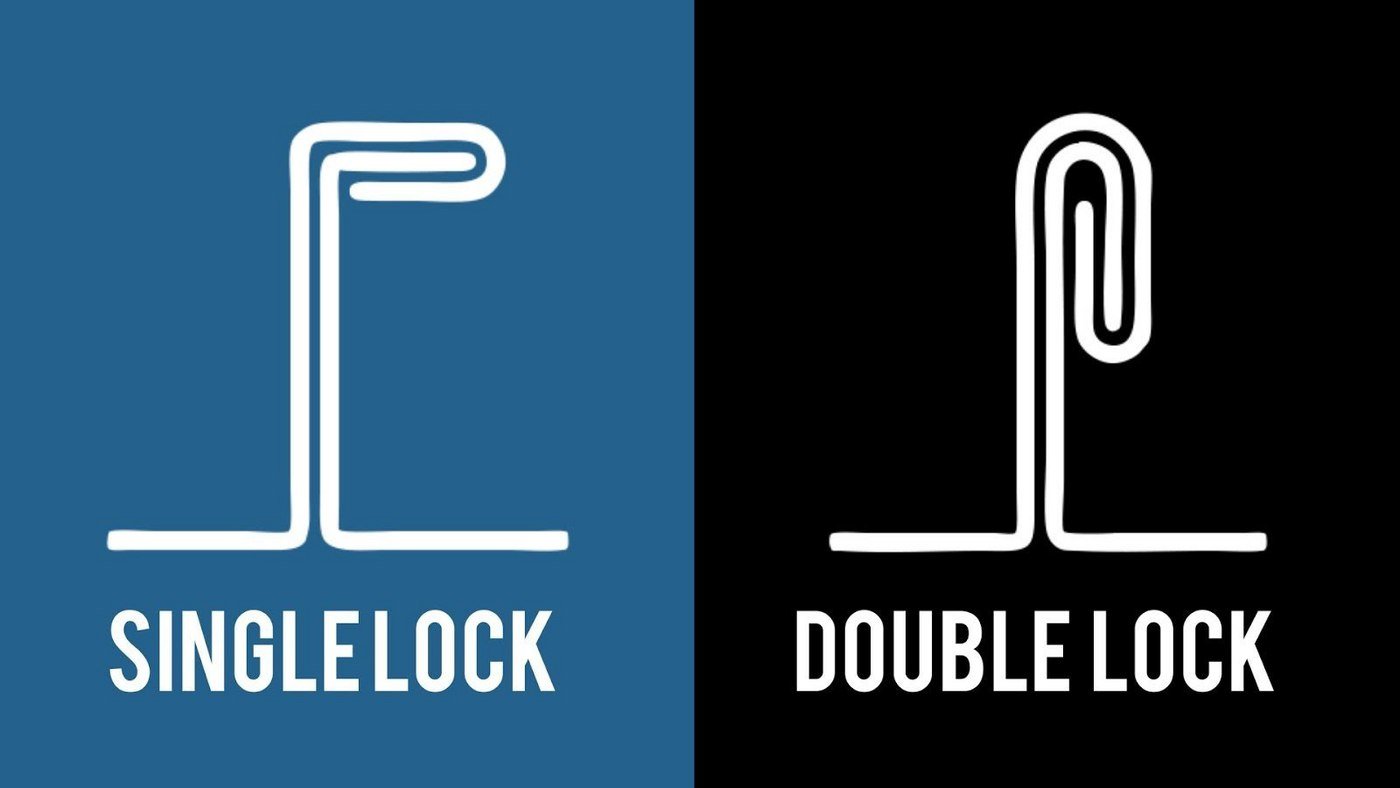
Single Lock v. Double Lock Mechanically Seamed Panels
Mechanically seamed panels can either use a single lock system or a double lock system when the panels are seamed together.
A single lock refers to the seams of the panel being folded once (90 degrees) and a double lock is when the seams of the panel are folded twice (180 degrees). When you purchase a mechanically seamed panel, this will be one of the decisions you have to make.
Double lock systems are more commonly used. These double lock systems are more secure and have an overall better performance over a single lock system. If you are working with a very low sloped roof, then a double lock is the preferred system as this method makes the panels more weathertight.
Double lock panels do however have higher installation costs than single lock because it takes more time and effort to install them. A single lock system is easier to install and is best suited for milder climates since the seams are not as weathertight as double lock panels.
Snap Lock With Clip Attachment
The snap lock standing seam roof system consists of panels that each have a male and female leg that snap together. These panels are fastened to the roof with clips and the fasteners are concealed.
Unlike the mechanically seamed panels, snap lock panels do not require any extra tools to seam the panels together. This makes the installation of snap lock systems less expensive and quicker than mechanically seamed.
The downside to the snap lock system is that while it is a weathertight system, it does not have the maximum weathertightness that comes with mechanically seamed systems.
Snap Lock is best for:
- Lower installation costs (compared to mechanically seamed)
- Roof slopes of at least 3:12 or greater
- Easier to install, can take the DIY route (compared to mechanically seamed)
Nail Strip
Nail strip, also known as nail flange or fastener flange, is a type of metal standing seam system that is fastened directly to the deck through the male leg. Once the panel is secure on the deck, the female leg of the panel snaps over, hiding the fasteners.
Using the nail strip system eliminates the use of clips. By eliminating the use of clips, the installation cost and time are both reduced. This makes nail strip systems the most economical choice for standing seam roofing.
The downside to nail strip systems is that it’s the least weathertight option in the standing seam category. This makes it a bad choice for low sloped roofing as water can accumulate on the roof’s surface. We recommend a minimum roof slope of 3:12 or greater when installing nail strip systems.
The two main advantages of a nail strip system are that they’re the easiest panels and the least expensive panels within the standing seam category.
Nail strip (30’ max panel) is best for:
- Smaller budgets
- Tight deadlines (faster installation)
- DIY Installations
- Roofs with a pitch that is 3:12 or greater
Clip Relief On Standing Seam Panels
Clip relief is a stiffening rib that is 1” from both sides of the panel. The purpose of clip relief is that it adds height to the flat portion of the panel and helps prevent clips and screws from showing through the panel. It also slightly helps with oil canning when you want a flat panel but do not want standard stiffening ribs or striations.
At Western States Metal Roofing, clip relief is generally standard on all of our standing seam panels, although we will verify that you want them in your panels at the time you place your order.
Stiffening Ribs On Standing Seam Panels
Stiffening ribs are low profile indentations added to the center of a standing seam panel with ribbed rollers to help minimize the unwanted look of oil canning. While the ribs don’t remove oil canning, they do help disguise the appearance of it.
Remember that oil canning is inherent in metal and is not grounds for panel rejection. It is a cosmetic issue that does not affect the functionality of the roof.
If you have a client that is against the idea of stiffening ribs solely because they want the flat panel look of standing seam, remind them that oil canning on standing seam roofs without stiffening ribs is usually more noticeable. Ultimately, their panels will more than likely have a wave to them and not look completely flat.
The ribbed style you should choose depends on the roofing aesthetic you and your client are looking to achieve. Below are some of the most common stiffening rib styles to choose from.
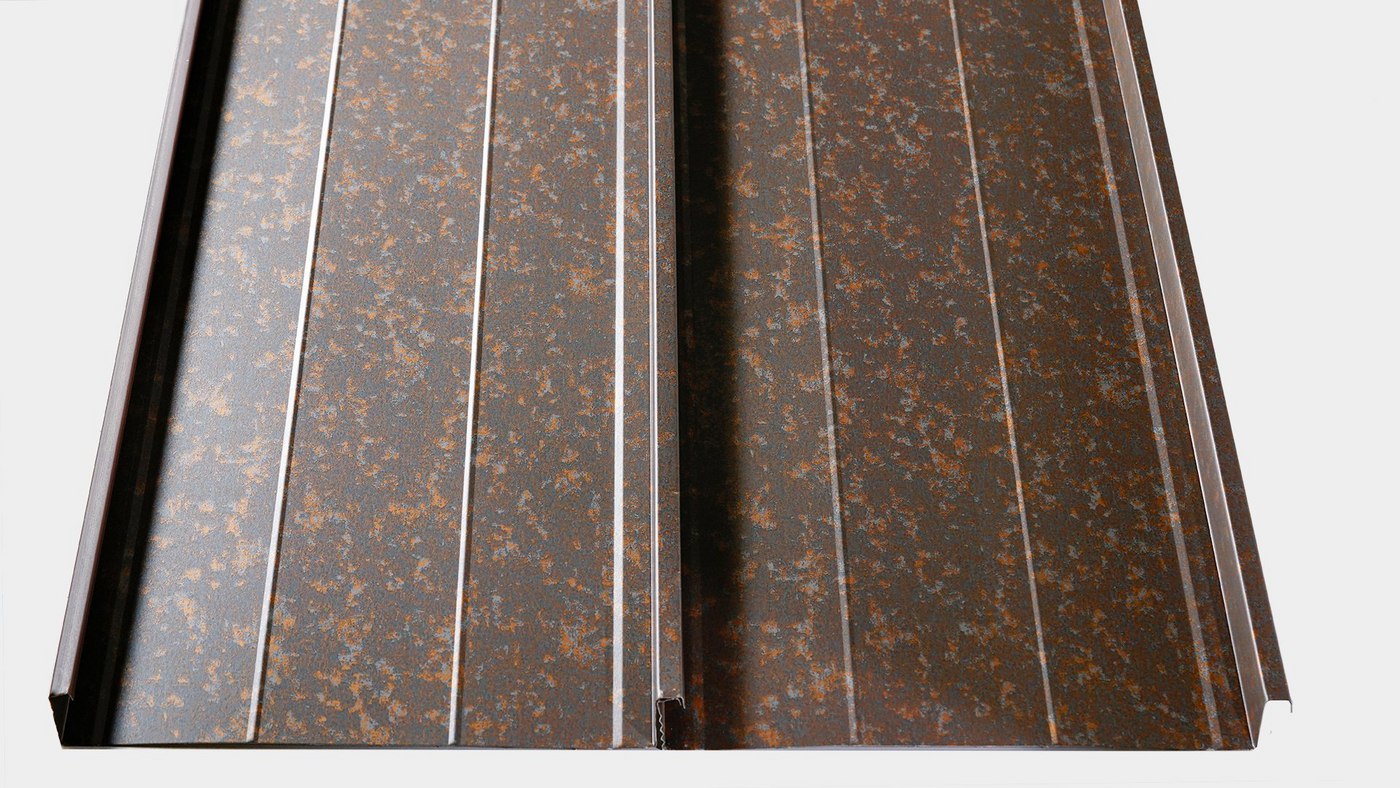 Pencil Ribs On Standing Seam Panel
Pencil Ribs On Standing Seam Panel
Pencil Ribs
Pencil rib panels have narrow, circular ribs that look like pencil indentations.
V-Ribs
V-rib panels consist of narrow ribs that come to a point in a triangular pattern.
Bead Ribs
Bead ribs have rectangular indents and have the widest ribs of all the panel types.
Striations
Striations are a pattern of linear grooves on the flat surface of the panel which runs parallel to the standing seam.
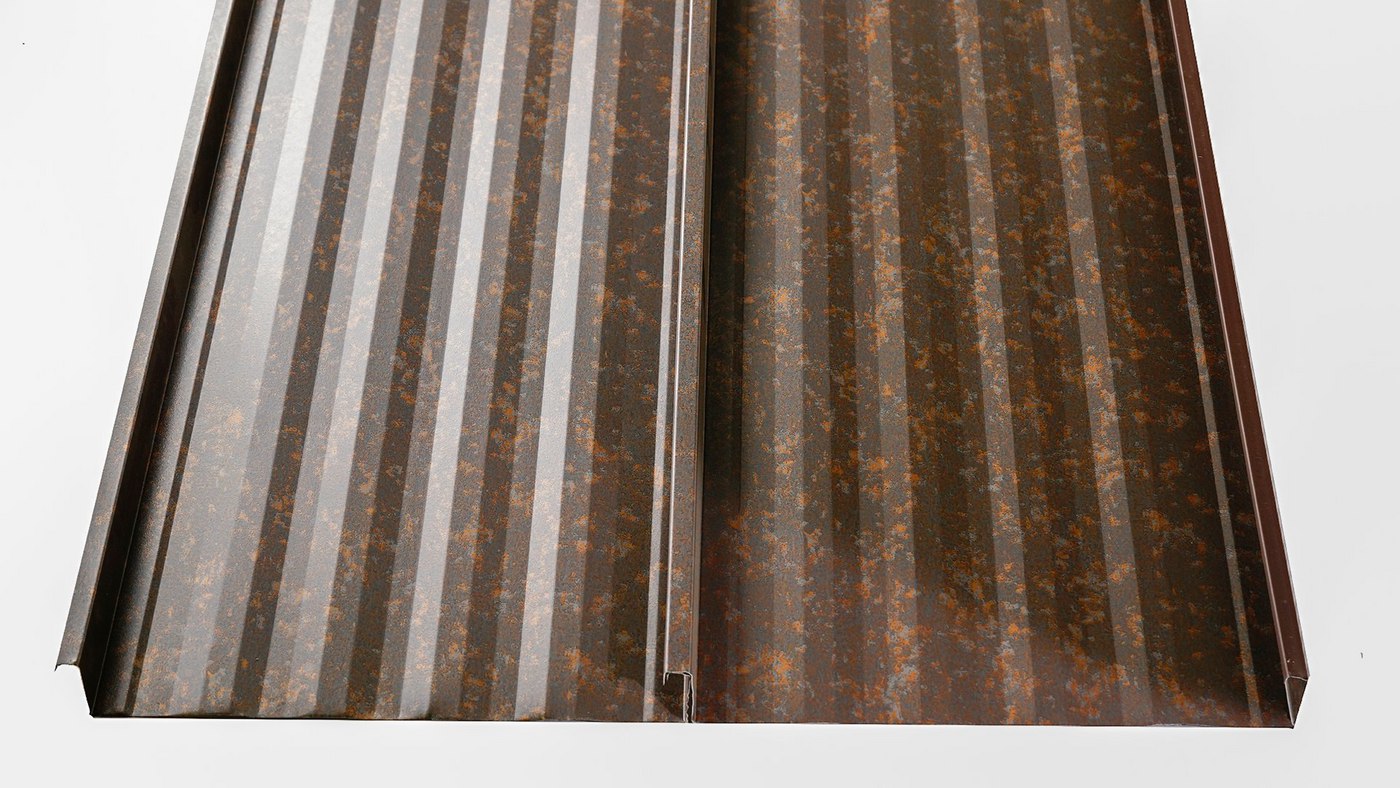
Striations On Standing Seam
Striations vs. Stiffening Ribs
We just discussed stiffening ribs, however, you may have also heard of striations. In fact, the terms “striations” and “stiffening ribs” are often used interchangeably. While both are used on metal panels to decrease the appearance of oil canning, there is a slight difference.
Striations are more effective at disguising oil canning compared to stiffening ribs. The groove pattern of striations has very little flat space on the panel for oil canning to even be noticeable.
While both striations and stiffening ribs increase the strength of the panels, striations are the strongest of the panel types. Striations are more often recommended over stiffening ribs for maximum durability and protection from oil canning.
Choosing The Right Standing Seam Roofing Panel
The following factors should be taken into consideration when deciding on the right standing seam roofing panel:
- Desired aesthetic
- Climate
- Roof slope
Knowing what kind of panel system your project is using and whether or not stiffening ribs are being used will get you closer to the right type of standing seam panel for your project.
There are still other panel choices to make that greatly affect the appearance and performance of the roof, including:
- Metal Material
- Color
- Gauge
Compare the different types of metal roofing to see which is best for your project by reading:
5 Types Of Metal Roofing Materials: Pros, Cons & Cost

